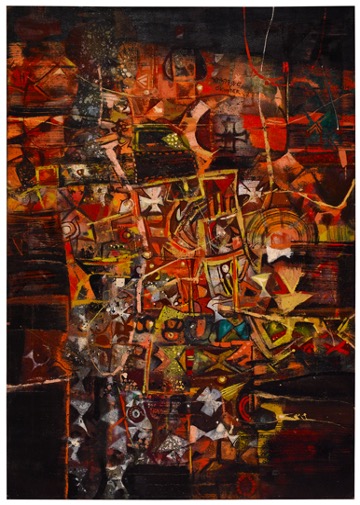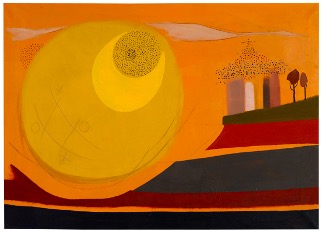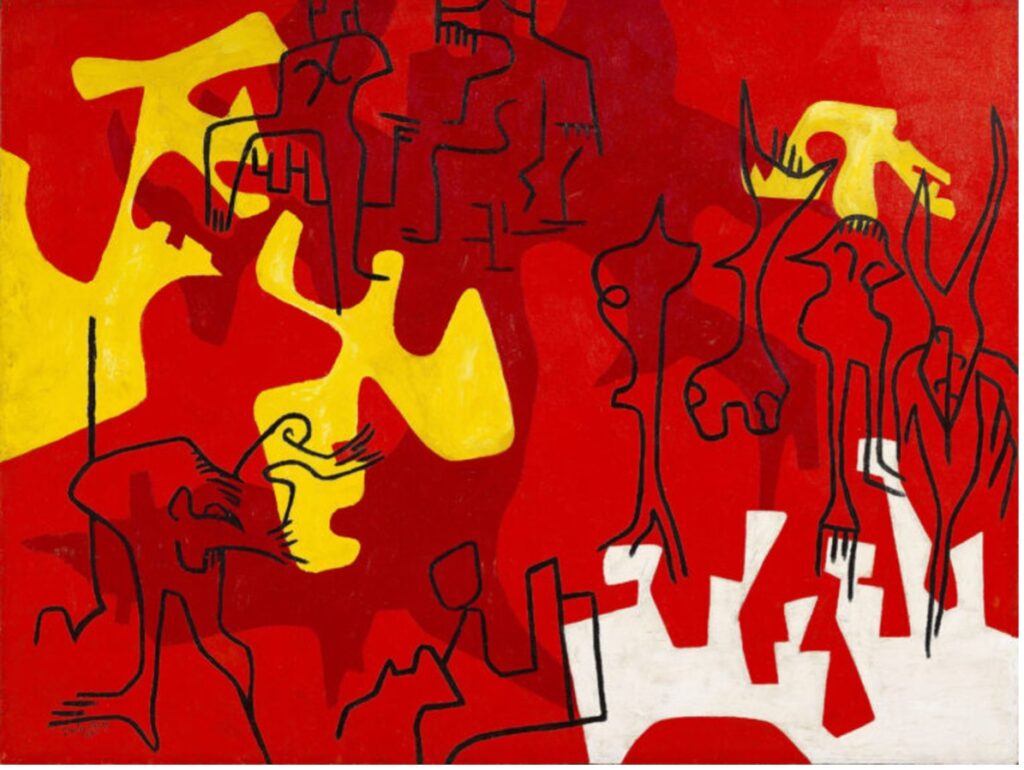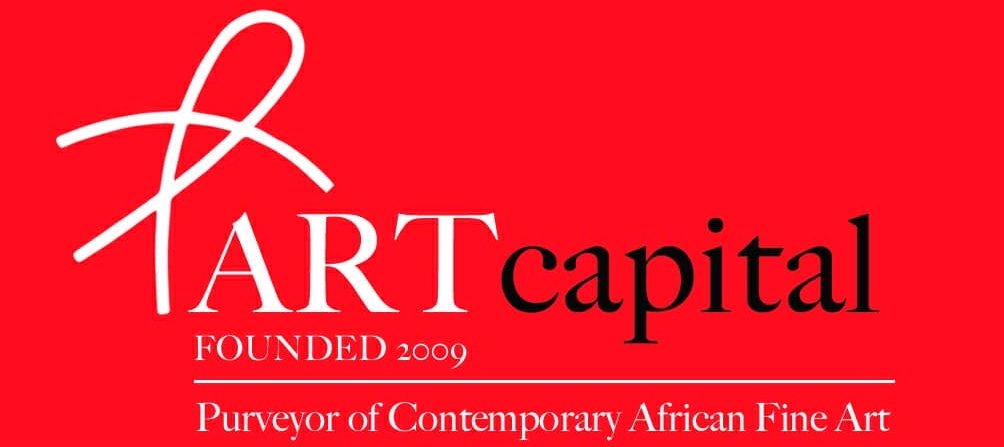By Nii B. Andrews.
The year was 1961; a Cold War gave traction to ideologues; it prompted intrigue and suspicion; many newly independent African nations emerged; and at least four important inter-related events occurred.
They were: the eminent Pan-Africanist W. E. B. DuBois emigrated to Ghana; Congolese independence leader Patrice Lumumba was murdered in a CIA-supported assassination plot; the Freedom Riders protested segregation in the American South and were often viciously attacked; the Harmon Foundation organized the landmark exhibition Art from Africa of Our Time; Museum of Modern Art (MoMA) exhibited its first acquisition of contemporary African art, Men Taking Banana Beer to Bride by Night (1956) by Sam Ntiro (Tanzania).

The fluid nature of the international situation at the time – decolonization, the attempt to forge links among the working class in Europe, Asia, Latin America and Africa, all provided a narrative for African artists to develop a vibrant visual language to address their aesthetic and sociopolitical perspectives.
An exhibition – then in 1961, such as Art from Africa of Our Time provided an overview for a US audience.
Today, the exhibition titled AFRICAN MODERNISM IN AMERICA “is the first major traveling exhibition to examine the complex connections between African artists and American patrons, artists, and cultural organizations amid the interlocking histories of civil rights, decolonization, and the Cold War.”
There are more than 70 works executed by over 50 artists drawn primarily from Fisk University’s remarkable collection of gifts from the Harmon Foundation, a leading American organization devoted to the support and promotion of African and African American artists and to forging links between transatlantic artists and audiences.

There are four sections to the current exhibition.
The first, “Art from Africa of Our Time,” focuses on the places and people who supported the Harmon Foundation exhibition and promoted modern African artists in the United States.
“Modernism within Africa,” constitutes the second section.
It highlights the continent-wide networks of artists, galleries, literary journals, and art education programs instrumental in the development of these new, visionary venues for the display and discussion of postcolonial art.
The third section of the exhibition, “Modernism between Africa and America,” highlights the establishment of meaningful networks and interconnections between African and African American artists in the US.

The exhibition concludes with “The Politics of Selection,” a new multimedia commissioned work of the same name by the Nigeria-based sculptor Ndidi Dike that delves into the collecting histories in the Cold War as presented throughout the exhibition, including those of the Harmon Foundation.
Dike’s is able to tease out and dissect the numerous viewpoints, biases, prejudices, allegiances, and omissions she uncovered in her research in the archives at the Harmon Foundation and Fisk University.
The entire exhibition is an excellent exposé of “the new art that emerged in Africa during the 1950s and 1960s and the art and cultural politics of the US”, a complete derailment of the bogus notion that authentic African art must be restricted to the “primitive / traditional” genre.
It will run from March 10 to August 26 this year.
The curators are Perrin Lathrop, Nikoo Paydar, and Jamaal Sheats; and is organized by the American Federation of Arts and Fisk University Galleries.
